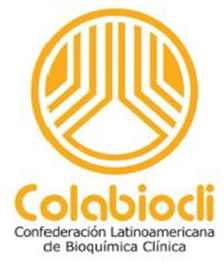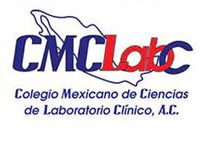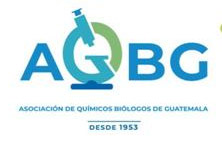Prof. Dr. Ron H.N. van Schaik, PhD is a registered European Specialist (2003) and Full Professor Pharmacogenetics (2013). He is working at the department of Clinical Chemistry (AKC) at the Erasmus University Medical Center (Erasmus MC) in Rotterdam since 1998. Prof. van Schaik leads a research group on pharmacogenetics, in which the translation to implementation for patient diagnostics is the main topic. Current lines of research include Transplantation/
[podcast] Ron van Schaik: Clinical Implementation of Pharmacogenetics
Listado de emisiones anteriores
No se encontraron entradas.






































